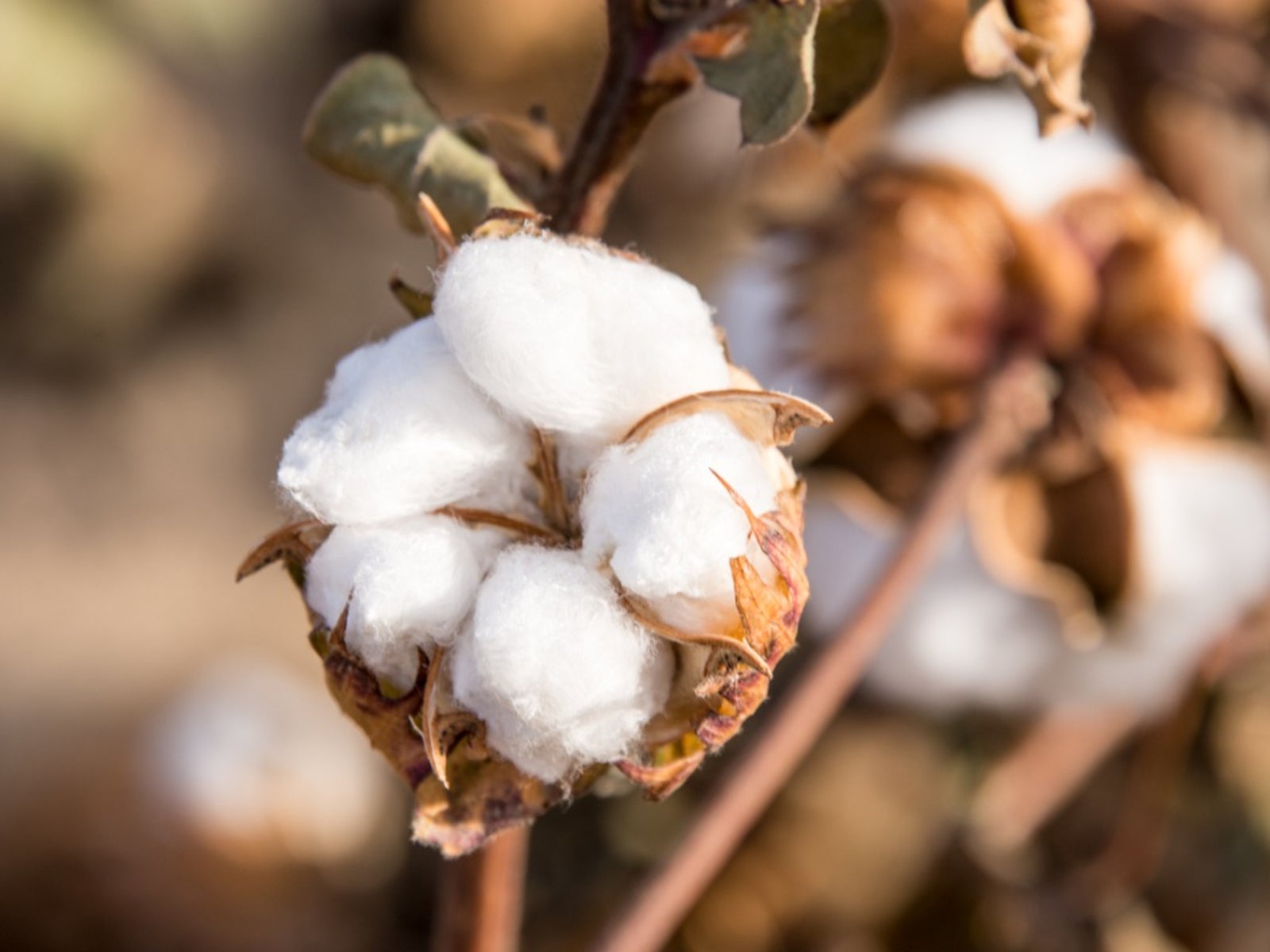Composting Gin Trash - How To Compost Cotton Gin Trash


The processing of cotton leaves behind chaff, seeds and other plant material that is not useful to the industry. It is, however, a natural material that we can compost and turn into a rich source of nutrients to add back to soil. Cotton gins remove all the excess material and separate the cash crop from the debris. Composting gin trash, or these leftovers, can yield high levels of nitrogen and trace amounts of phosphorus and potassium. Recent innovations in compost machinery show farmers how to compost cotton gin trash within three days. Simpler methods are also used to make gin trash compost.
Nutrient Values of Cotton Gin Trash
Gin trash compost measured in pounds per ton can yield up to 2.85% nitrogen per 43.66 lbs/ton (21.83 kg/metric ton). The concentrations of the lesser macro-nutrients, potassium and phosphorus are .2 at 3.94 lb/ton (1.97 kg/metric ton) and .56 at 11.24 lbs/ton (5.62 kg/metric ton), respectively. The nitrogen nutrient values of cotton gin trash are particularly interesting, as it is one of the primary needs for plant growth. Once completely composted, cotton gin trash is a valuable soil amendment when mixed with other composted materials.
How to Compost Cotton Gin Trash
Commercial farmers use industrial composters that keep temperatures high and turn the gin trash frequently. These can get the job done in days and then it is laid out in wind-rows for at least a year to finish. Composting gin trash isn't limited to farmers. The home gardener can do something similar in an unused, sunny location of the garden. Pile the material into a long, wide hill that is several feet deep. Add water to increase the moisture levels evenly to around 60%. Use a garden fork to work around the soggy pieces and moisten the drier parts of the refuse. Composting gin trash is kept moderately moist at all times. Turn the pile weekly to keep the pile from smelling and kill weed seeds. Use a soil thermometer frequently in your gin trash wind-row. As soon as temperatures two inches (5 cm.) below the surface dip to 80 degrees Fahrenheit (26 C.), turn the pile. Late season composting gin trash, should be covered with black plastic to keep the heat in the pile. As long as the compost remains 100 degrees Fahrenheit (37 C.) or more, most weed seeds will be killed. The only exception is pigweed, which is most common in the central part of the United States. Spread the pile out in a layer no thicker than a couple of inches for several months after the material has broken down. This will reduce odor and finish the compost.
Gin Trash Compost Uses
Gin trash compost is light and doesn't spread well unless added to other organic ingredients. Once mixed with soil, manure or other compost, the gin trash is useful in gardens, containers and even on ornamental plants. If you can't verify the source of the cotton gin trash, you may want to avoid using it on edible plants. Many cotton growers use powerful chemicals, which may still remain in a portion of the compost. Otherwise, use the compost as you would any soil amendment.
Sign up for the Gardening Know How newsletter today and receive a free copy of our e-book "How to Grow Delicious Tomatoes".

Bonnie Grant is a professional landscaper with a Certification in Urban Gardening. She has been gardening and writing for 15 years. A former professional chef, she has a passion for edible landscaping.